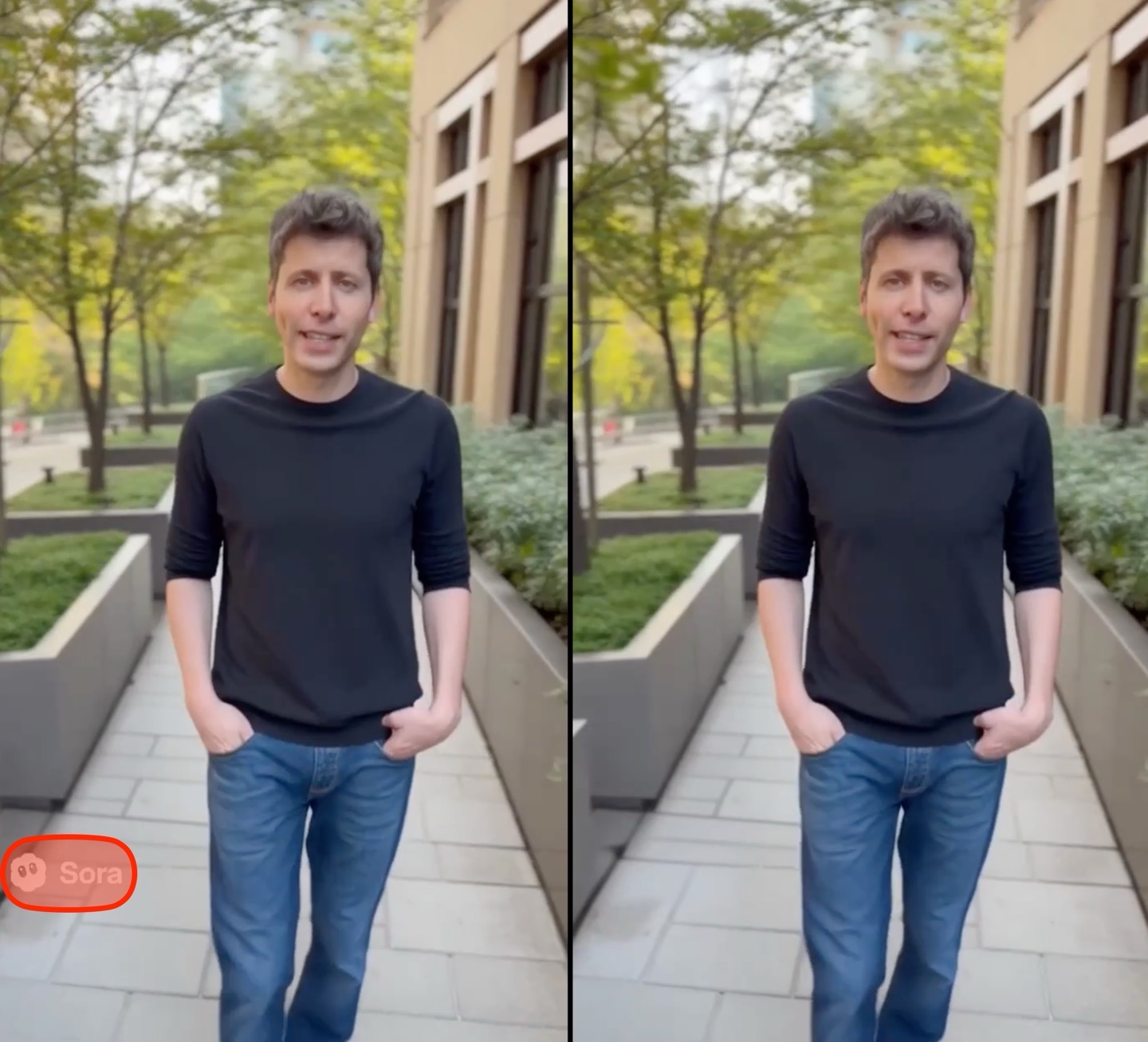Scientists at the University of Notre Dame have developed coating that blocks heat without affecting the passage of light. The coating can be applied to windows, glass doors and even cars. reduce temperature to 7.2 degrees Celsius. According to the researchers, this achievement could reduce the cooling costs of air conditioning systems by more than a third.
Window coverings on the market are designed to block ultraviolet and infrared light that generates solar heat. However, these filters are optimized for light falling directly on a window. Suggested coverage built from photonic structures that allow selective transmission of the solar spectrum over a wide range of angles.
“The angle between sunlight and the window is always changing. At midday, often the hottest time of the day, the sun’s rays penetrate at oblique angles through vertically mounted windows,” said Tengfei Luo, a professor of energy studies at the University of Notre. Lady and author of the study. “Our coating remains functional and effective no matter the position of the sun in the sky.”
The coverage is obtained deposition of ultra-thin layers of silica, aluminum oxide and titanium oxide onto a glass substrate. The researchers used quantum computing to determine the configuration in which they should mix these layers to maximize light and reduce the passage of heat-emitting wavelengths. Later they added silicon polymer that reflects radiation outwardwhich improved cooling capacity.
Based on the results, coverage It is capable of reducing temperatures from 5.4 to 7.2 degrees Celsius..
A coating that reduces heat and saves energy.
Researchers are increasingly interested in developing optical filters that can selectively control light at specific wavelengths. These filters find applications in a variety of applications, including solar cells (photovoltaics), light-emitting diodes (LEDs), and sensors.
Photonic planar multilayer structures (PMLs) offer a promising approach for creating such filters. These structures consist of folded layers of different materials with the ability to refract light. By carefully selecting these materials and their thickness, scientists can develop PML filters that selectively transmit or reflect light depending on its wavelength.
For this study, the researchers developed a technique called an active learning framework using quantum computing. This uses machine learning to create a map of possible solutions, taking into account the relationship between different filter designs and their characteristics. Subsequently, the software will find a better solution using quantum computing to increase the number of calculations.

The end result is a filter that blocks unwanted ultraviolet (UV) and near-infrared (NIR) light from the sun, but allows visible light to pass through, regardless of the angle at which it hits the window. By applying a thin layer of polydimethylsiloxane (PDMS), the filter will radiate heat back into the atmosphere.
“Like polarized sunglasses, our coating reduces the intensity of incident light, but unlike sunglasses, our coating remains clear and effective even when you tilt it at different angles.”
Tengfei Luo is a professor of energy studies at the University of Notre Dame.
The research team tested the physical properties of these designs and confirmed their ability to significantly reduce heat buildup inside the enclosure (from 5.4°C to 7.2°C). In addition, the study estimates annual energy savings of approximately 97.5 MJ/m².. The results were published in the journal Cell Reports Physical Sciences and will lay the foundation for the development of a range of materials with complex properties.
Source: Hiper Textual













